Oh my, the title of this sounds so much more exciting than it actually is! However, in my mind obiage and obijime can be very sexy, a vivid obijime can add a bright punch of colour to a subdued outfit, and an obiage peeping out above the obi almost reminds me of elegant silk lingerie.
My collection is admittedly sort of unbalanced, since I lucked out and found a bundled lot of a large number of obijime, and don’t have enough obiage to match XD I will fix that eventually though!
Plum rinzu obiage and round obijime

These were actually purchased on separate occasions, and just happen to be an insanely ridiculous match. The obiage has a subtle pattern of stripes and kiku.
Mofuku (funeral wear) obiage and obijime

Simple and versatile. Technically to be worn to a funeral, but they “ground” an otherwise busy and colourful outfit.
Apple-green shibori obiage and round obijime

A vivid, youthful pair. Also not technically a set, they were acquired at separate times and just happen to match perfectly.
Icy obiage and olive flat obijime

I received this lovely subdued formal set as a gift from a dear friend and a terrible enabler, the same one who gave me the blackbird obi and the koinobori obi. The obiage is a very pale icy blue that looks green in some lights, and has a subtle leafy print on it. The obijime is gold on one side and olive on the other.
Lilac chirimen obiage and flat obijime

Simple solid purple obiage. The obijime has a few cute areas woven with a sort of olive colour and yellow. These actually did not come together, they were bought separately but just happened to look perfect together.
Lemon shibori obiage and hakata obijime

One of my favourite sets – the obiage is a bright vivid yellow with round shibori designs, it reminds me of lemon slices.

The obiage is flat and has delicate hakata weaving in gold.
Pink ro shell obiage and lace obijime

I love this set and wish it weren’t ro, so I could wear it more often. The obiage has adorable little dyed shells all over it, and the obijime has a kind of chevron pattern woven into it with shiny, multicoloured threads.
White obiage with red shibori clouds

Simple white rinzu with cute bright red clouds. It’s youthful, but not totally covered with shibori, which is nice and versatile.
Pink geometric shibori obiage

The work in this sort of shibori never ceases to amaze me. It’s so detailed, and the geometric bits are so perfect and straight.
Raspberry red shibori obiage

I’m not sure what to call this colour – I cannot accurately capture it on camera. It looks rich tomato red in some light, hot pink in others, but usually sort of a dark red-pink. Pretty!
Orange shibori obiage

Nice rich orange. Not much else to say about it XD
Khaki flowered shibori obiage

This is a bit of an oddity, it’s such a drab, muted colour but the amount of shibori on it makes it feel young and formal. Poor conflicted thing! It’s beautiful though, the designs are bamboo leaves and flowers.
Red and aqua vintage shibori obiage

I love this one. It’s got such great vibrant contrast. It’s relatively old, compared to some of my others, and feels a bit thin and fragile, but still great and wearable.
Black and red polka-dot “obiage”

I say “obiage” in quotations because this is actually a scarf I picked up at the mall recently, it just happens to have the exact weight and dimensions of a real obiage, so why not use it?
Fancy brown and gold obijime

A formal obijime, good for furisode. It’s fun to play with, either braiding the three small strands, or making small fancy knots with them.
Fancy pink and gold obijime

Also good for furisode, with lovely gold accents and rainbow tassels.
Navy and ice-blue obijime

A nice smooth versatile obijime in a relatively neutral navy blue with a hit of pale blue.
Gold and red obijime

This is actually a decorative silk cord, but it’s stiff enough and pretty enough to use.
Raspberry obijime

Simple, easy to match with anything.
Baby pink obijime

Tassels on this one are kind of a mess, but it’s a cute soft colour.
Pink and red saganishiki obijime

Beautiful and detailed, and great for obidome. I’d like more of this style eventually.
Pink and silver obijime

I’ve not yet worn this, but I hope to soon. I think it’s really pretty.
Teal and red wide flat obijime

I love this one, it’s very wide and the colour choice is really unexpected. It feels quite vintage to me, but I’m not sure. I can’t wait to have an outfit it works well with.
Blue and gold “rubber duck” obijime

The colours and design on this totally reminds me of a shower curtain with little rubber ducks or something. I love this one.
Chocolate and lime tiny obijime

This one’s small and discreet, but so awesome up close. It’s the colour of milk chocolate with hits of a rich true lime green and silver.
Mint green and neon red obijime

I love this one, and wear it far too often. The mint is so calm and cool, and the punches of fluorescent red are so fun. I love the gigantic fluffy tassels too.
Blue and white striped obijime

A cute, nautical-feeling one.
Flat pink obijime

Another simple and easily wearable one. Works with a lot of outfits.
Bright orange flat obijime

This is a sort of violent shade of orange, but it’s simple otherwise so not too overboard. Not my favourite though, it came bundled with some others.















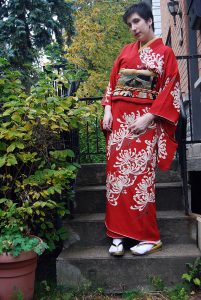
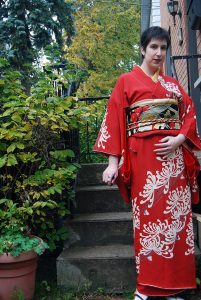
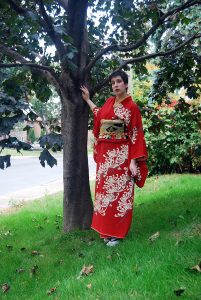
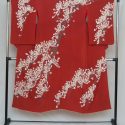
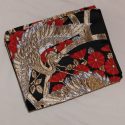
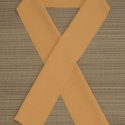
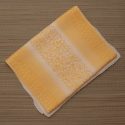
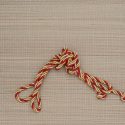






























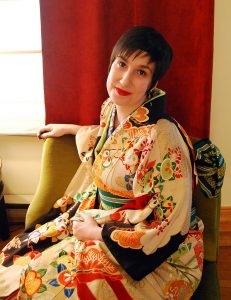
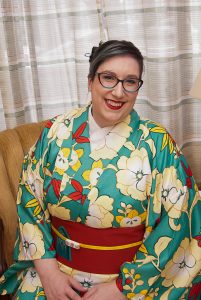











 Bebe Taian
Bebe Taian CHOKO Blog
CHOKO Blog Gion Kobu
Gion Kobu